20th Century Planning Experiments in the City
Because of the suburbanization of the city and change in architectural style, new urban challenges made city officials to consider different planning in the city development. That is how the urban renewal movement was started. All the planning was concentrated around the increasing car industry and development of the road grid. This made city officials accept planner projects to demolish vast neighborhoods, large enough to reshape the block and street pattern. The obvious example is Lincoln’s Center and its neighborhood.
At the place where we have a Lincoln center today, was an area called San Juan Hill. It was destroyed and thousands of families were displaced, and most of the people in the city do not even know that San Juan Hill ever existed. Robert Moses named this area slum and area for redevelopment, all in the name of urban renewal. This transformation of San Juan Hill neighborhood is an early example of urban gentrification where we have a creation of superblock with higher middle-class housing while removing multi-ethnic lower-income families, and creating a space for today’s Lincoln center.
Moses was trying to create an elite cultural venue. And he succeeded. It is consisting of several buildings which include Metropolitan Opera, NY Philharmonic and NY Ballet. The place is built on a model of Italian rationalism, where architects create smooth minimal modernist buildings of concrete, steel, and glass, but they also retained admiration for ancient classical elements like columns, pediments, porticos, domes, and arches. At the Lincoln center, we can see these elements in a carefully organized grid of buildings with reliefs and massive outside columns spreading from the ground all away to the top of the building. Lincoln Center also consists of the big open space in-between the buildings, filled with water fountain and sculptural elements. We can see also elements of brutalism, with the use of massive and monolithic appearance. Overall, the structure was used as a dominant element and also as a part of ornamentation, which gives this aspect of brutalism.
Buildings that surround Lincoln center were built in a tic tac shape with a lot of open space which was used for car parking space. Also, this tic tac layout creates the disappearance of the original city grid with the small shops, clearly defined lot and block size, and the existence of city tumult. It is attempted to create suburban conditions in the center of the city, and it failed. It is not what the city represents, which would be a pedestrian-friendly city with a grid of easy approachable streets and avenues.
Even though we get this priceless cultural area with elite venues, on which any city in the world would envy, the creation of the Lincoln center and neighborhood around it have created several “dislikes” in a form of architectural planning of the city. We have a concentration of cultural venues in one place which brings revenues just to this area instead of spreading it out and creating several smaller areas with cultural events. Also, the architecture of this place creates a filling that this area does not belong in the city like is it an independent island in the ocean, end everything that is happening in the city can’t co-exist within this place.

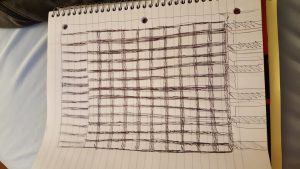
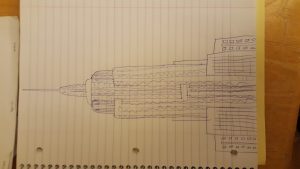
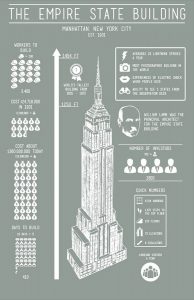
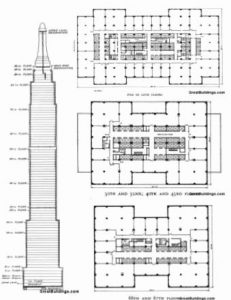
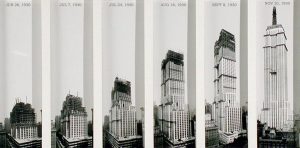

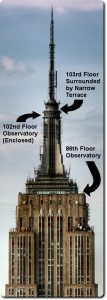

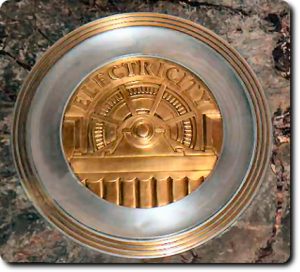
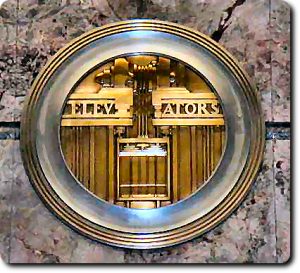
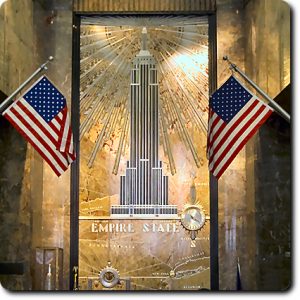

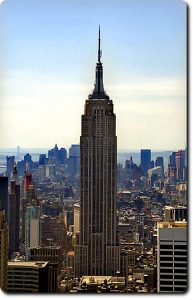
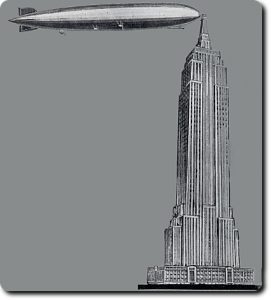
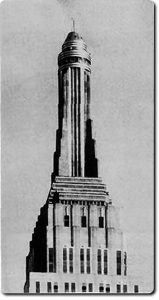
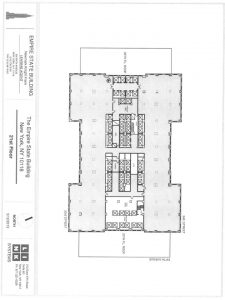
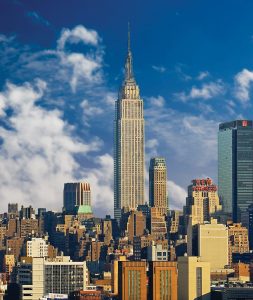
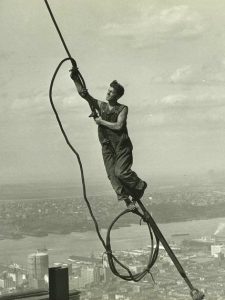
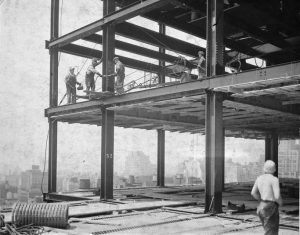

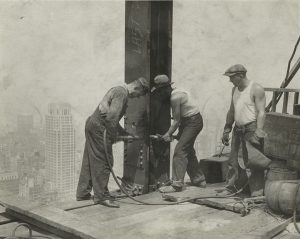
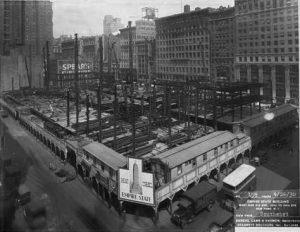
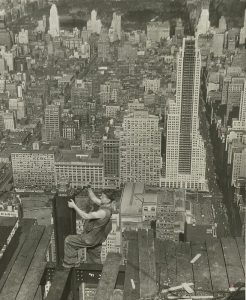
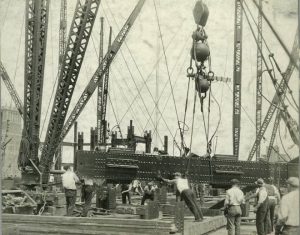

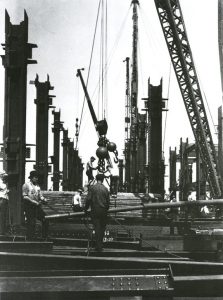
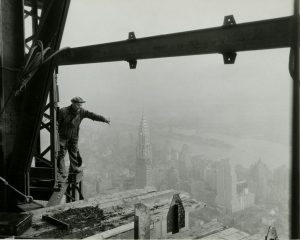
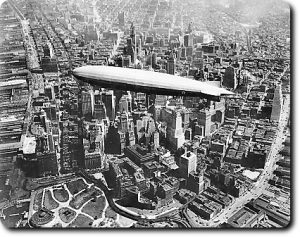

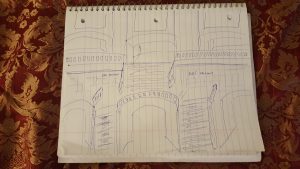



Recent Comments